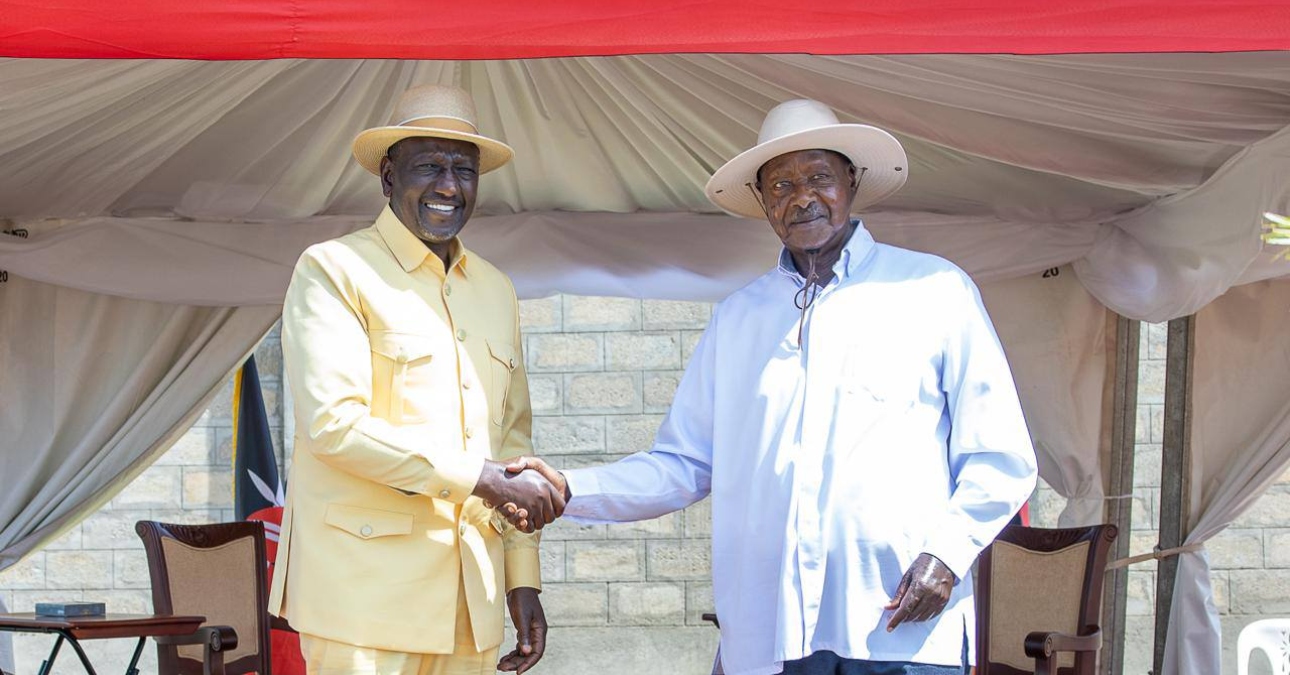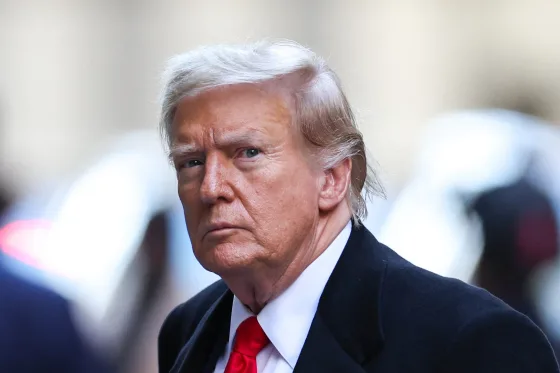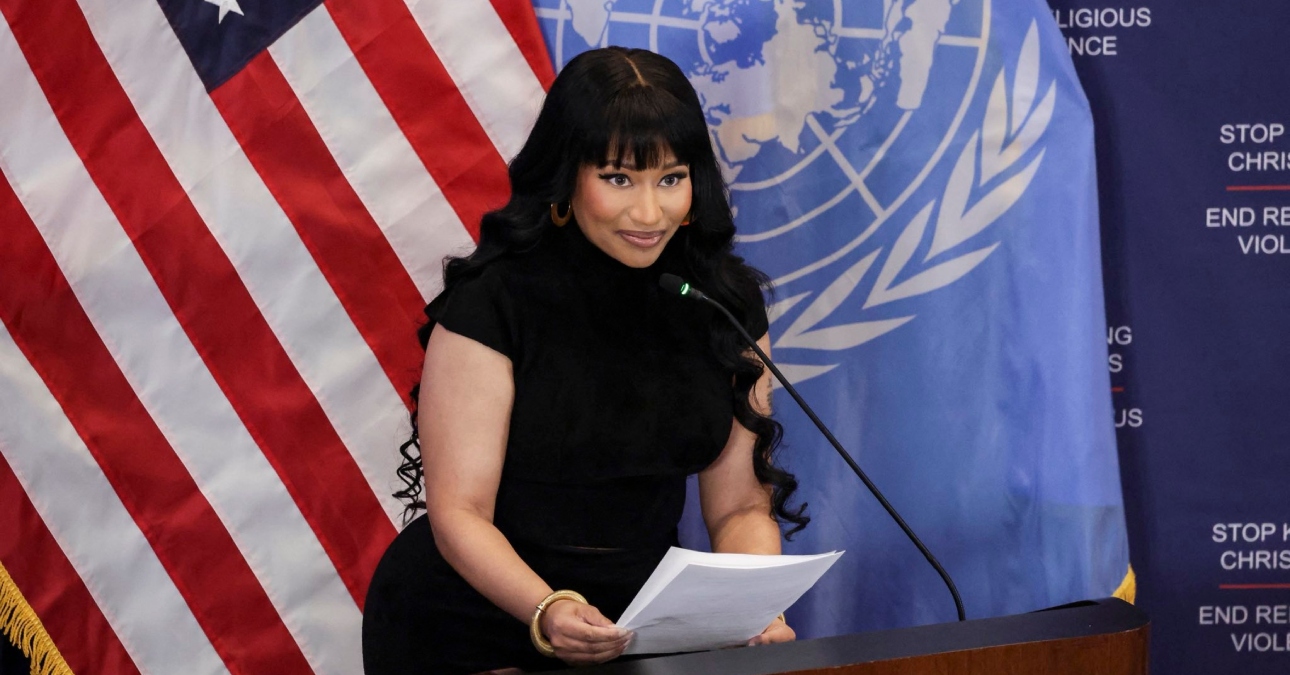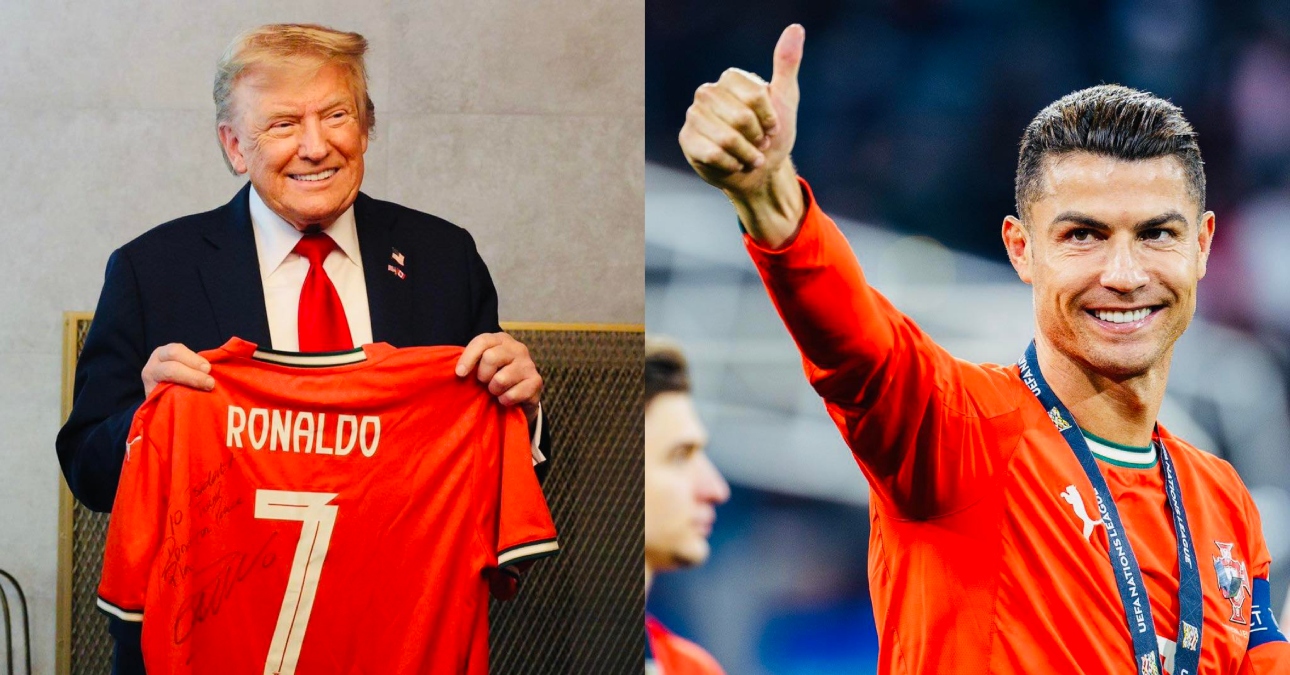A wave of diplomatic friction between Kenya and Uganda was recently calmed by a timely intervention from President William Ruto. The Kenyan leader stepped up to reassure Uganda that its critical access to the Indian Ocean through Kenya remains guaranteed, following earlier controversial remarks by Ugandan President Yoweri Museveni.
The exchange brought the deep ties between the two East African neighbours into sharp focus. The main point of the dispute, however, ended with an embrace of continued friendship and collaboration.
The recent tension arose from issues surrounding the transportation of vital goods, particularly petroleum products, from the port of Mombasa to landlocked Uganda.
Reports suggested that the Ugandan government was frustrated with the current logistics and the costs involved. This led President Museveni to publicly suggest that Uganda might seek alternative routes to the sea “by all means.”
This statement was immediately interpreted by some regional observers as a challenge to Kenya’s role as the main trade conduit for Uganda. It fuelled concerns over a potential geopolitical shift in East African trade dynamics.
Responding directly to the rising anxiety, President Ruto dismissed the concerns, emphasising the historical and familial bond between the two nations.
“People tried to create the impression that Uganda had said it needed to access the sea by all means. Let me assure the nay-sayers that Uganda and Kenya are brothers and sisters, and we don’t have time for negative engagements. Uganda is assured access to the sea through Kenya,”
President Ruto’s remarks were a clear signal that the underlying partnership between the two capitals remains robust and focused on mutual economic growth.
The assurances confirm the significance of the Kenyan corridor for Uganda’s commerce:
Mombasa Port is the primary and most efficient gateway for Uganda’s imports and exports. And the connection through the SGR and road network is fundamental to the movement of goods into the Great Lakes region.
Kenya and Uganda are key members of the East African Community (EAC), relying heavily on integrated trade and shared infrastructure.
In 1976, Ugandan dictator Idi Amin Dada made startling claims on large portions of Kenyan territory. He asserted that parts of Kenya’s Western and Rift Valley provinces, up to Naivasha, historically belonged to Uganda.
Kenya responded swiftly and decisively. It mobilised its military and closed its borders to all fuel and goods destined for Uganda via the port of Mombasa. The quick and firm action, backed by international diplomatic pressure, forced Amin to back down from his territorial claims.
A much larger conflict erupted in October 1978 when Amin’s regime invaded and annexed the Kagera Salient, a small strip of land across the border in Tanzania.
Tanzanian President Julius Nyerere, a champion of African liberation and a vocal critic of Amin, refused to negotiate while Ugandan troops occupied Tanzanian soil. Nyerere was known for his uncompromising stance on territorial integrity. He mobilised the Tanzania People’s Defence Force (TPDF) to launch a powerful counter-offensive.
The war lasted several months, with Nyerere’s forces, aided by Ugandan exiles, eventually driving the Ugandan army back, crossing the border, and capturing the capital, Kampala, in April 1979. This successful campaign led directly to the overthrow and exile of Idi Amin.
Today, the focus is squarely on economic integration. By reaffirming the guaranteed sea access for Uganda, President Ruto has reinforced the principle that regional challenges must be solved through collaboration, not conflict. The statement serves as a reminder that despite past flashpoints, the path forward for East Africa depends on strong, cooperative partnerships.











